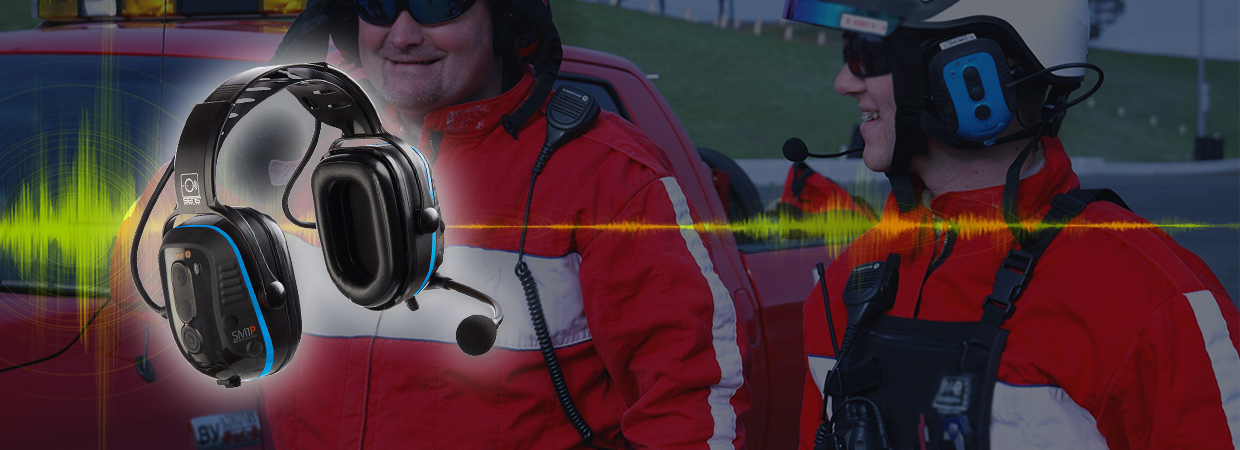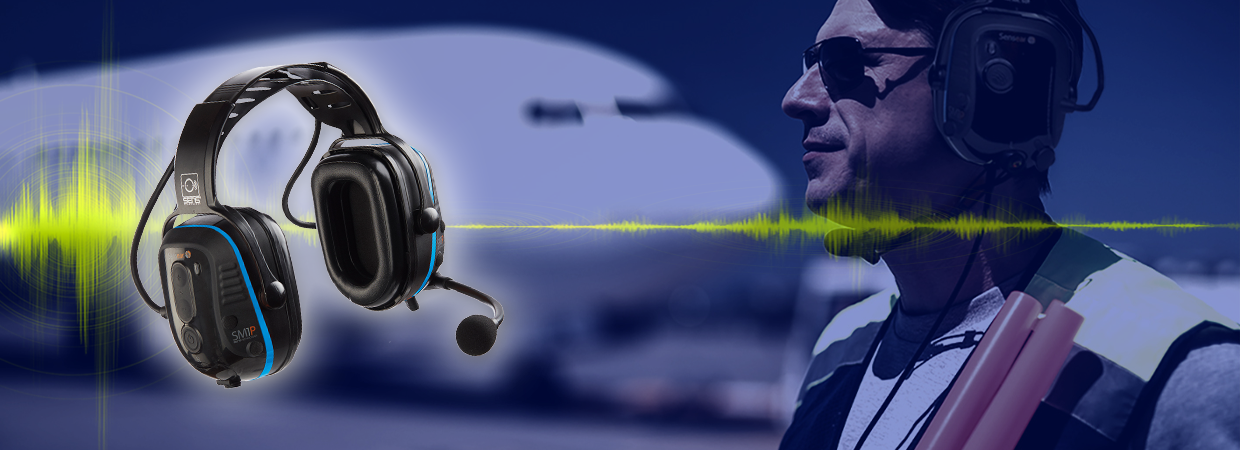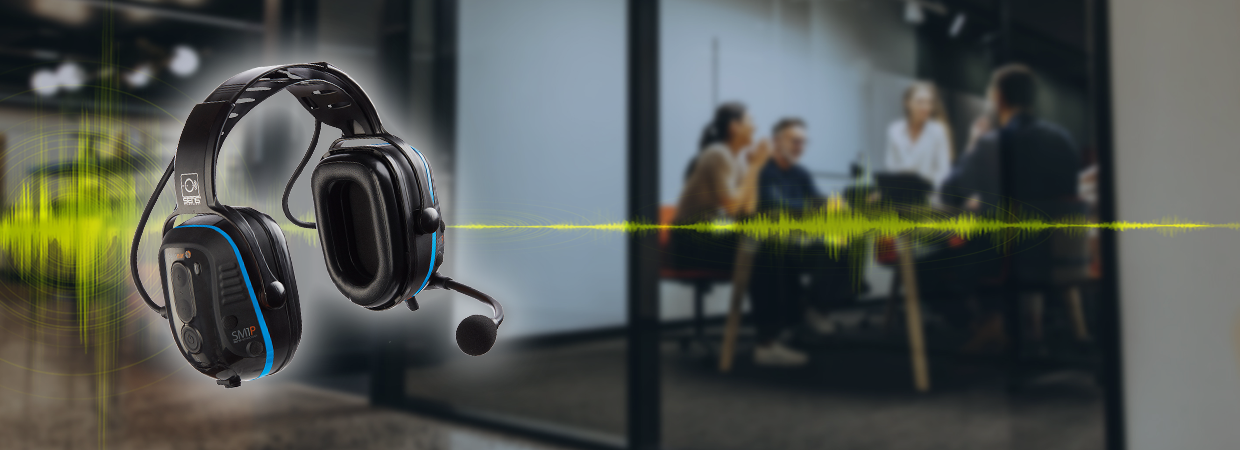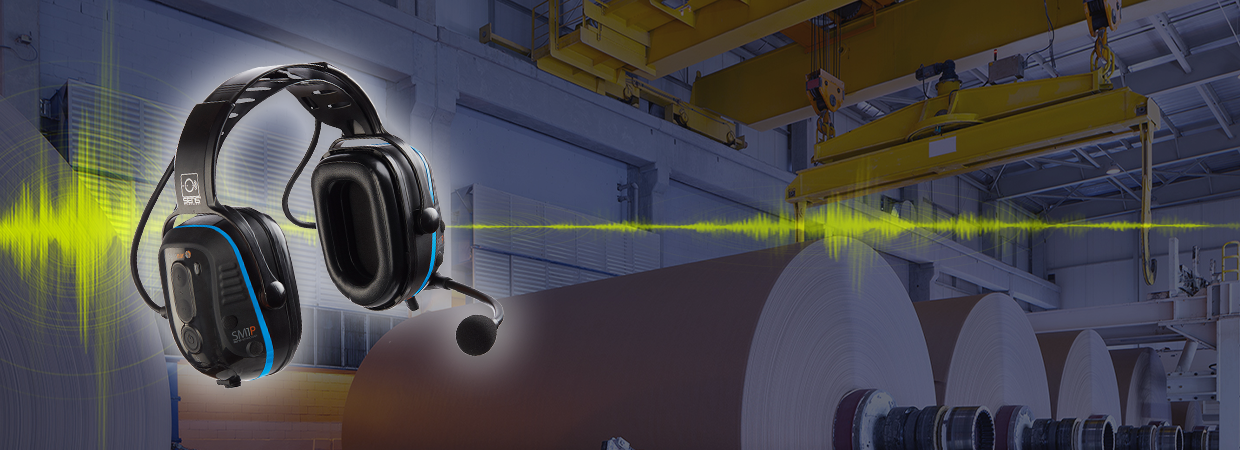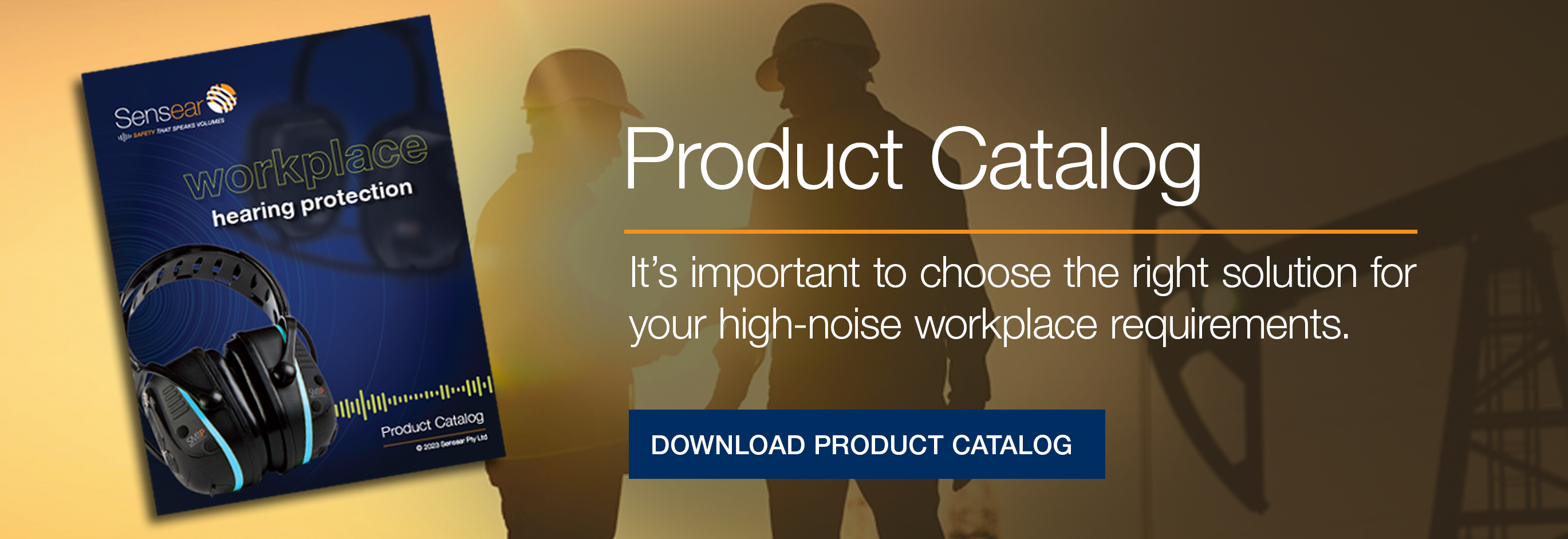Sensear sifts messages from background noise
The Australian
Jennifer Foreshew
June 29, 2010
AN Australian developer has begun work on the next phase of a device that solves high-noise communication
challenges.
Founded in Perth in April 2006, Sensear uses ground-breaking Speech Enhancing Noise Suppression (SENS)
technology -- algorithms that isolate, clean, and package speech while suppressing background noise to a safe level -- to differentiate background noise from speech.
The headset technology combines hardware and software features to allow people to communicate in high-noise
environments without removing head protection.
Sensear chief scientist Sven Nordholm said the technology could detect the variation between noise and speech.
"What we're studying now is ways to make the speech even clearer and also to be able to compensate if you have some sort of hearing impairment," said Professor Nordholm, based at Curtin University of Technology in Western Australia.
"It's difficult to wear hearing protection and a hearing aid at the same time," he said.
"We're looking at some problems related to how to improve the technology."
The existing device, worn as earmuffs or earplugs, is used by leading companies in mining, aviation, manufacturing, and construction as well as sports arenas.
Sensear's clients include BHP, Rio Tinto, and Qantas. The company also exports to the US, Canada, and Brazil.
The technology was developed in a research institute run by the University of Western Australia and Curtin.
It has been incorporated into a range of high-noise communication devices, which enable face-to-face, mobile phones, two-way radio, and short-range communication.
The latest SDP model enables workers to communicate in extreme noise environments of about 120db.
The cost of the existing Sensear device ranges from $450 to $1000.
Professor Nordholm said people with hearing loss were more sensitive to noise.
The team is working on a system that will separate speech from background noise and then boost it to allow people with hearing impairments to hear in noisy environments. The latest three-year project has received a $358,000 Australian Research Council grant.
